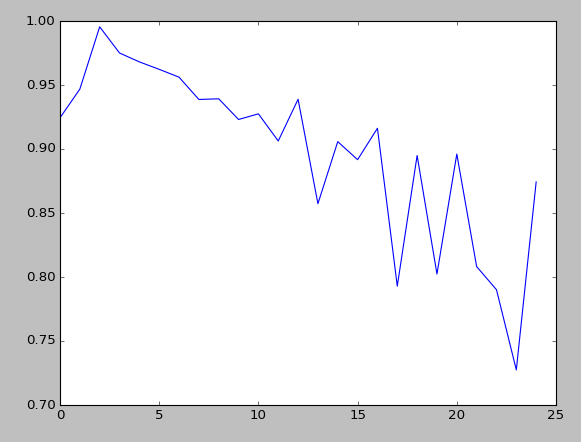Making 24
Random number: 17
3rd January 2017
In the morning, I had a lot of fun making a gravity simulator. It was actually super easy this time round; because I've been playing around with gravity simulation for ages, but each time I never actually carry the project through the whole way; 2 or 3 hours (I think?) did the trick. As usual, I kept getting really really mediocre bugs though (like thinking that \(F = a\) instead of \(F = ma\)...)